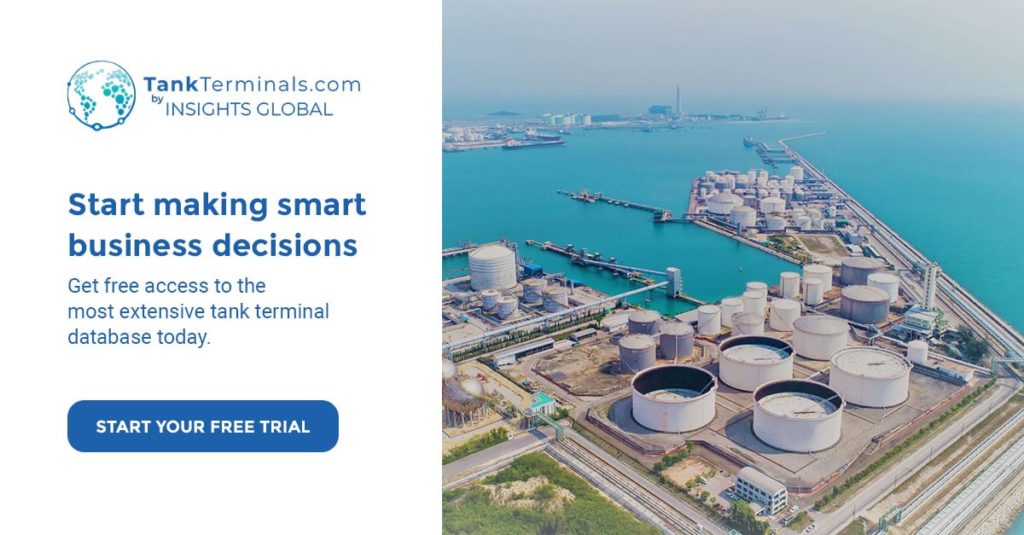Importance of Tank Terminals in Tanker Shipping
Businesses and traders of bulk liquid cargoes and gasses select ports because of their location, maritime access, hinterland connectivity, value-added services, economies of scale, and the availability of independent tank terminals.
Tanker owners prefer to sail to ports with high throughput volumes, fast turnarounds and low demurrage risks. The availability of tankers is a critical factor in the success of ports.
Ship Owners also look at reducing costs through vessel design, slow steaming between locations and reducing time spent in ports by optimizing loading and discharging.
The ship-shore interface involves tankers loading and discharging at regularly visited shore terminals, but with spot activity, vessels also need to call at many terminals they are not familiar with. This comes together with an increased risk for tanker owners. Similarly, each tank terminal now handles more tankers of different types and sizes than ever before.
The above indicates that the relation and coordination between vessel owners and tank terminals could be of great importance and a clear game changer. Better cooperation will not only help optimize operations and reduce cost but also support better risk management.
The importance of tank terminals in what-if scenarios
A tanker owner may need to discharge a cargo due to an emergency or because missing a loading or discharge window. In the chemical trade, for example, there is an agreed laycan or in other words an agreed loading time range at the end of which comes the time when the charterers are entitled to exercise their option and cancel the charter party for non-arrival of the owners’ vessel.
Being stuck in a port or being cancelled by the charterer has an impact on not just the current voyage, but all future voyages and fleet planning. This can have a huge negative impact on the owners’ financial performance.
So, in case of an emergency, delay or cancellation, good relations and communications between tanker owners and tank terminals may help mitigate risks. Finding a tank terminal to discharge cargoes during an accident or hazard may also be required from time to time.
New opportunities
Tank terminal projects are very good market indicators since projects are often announced early and set the stage for future product flows. Bulk liquid terminals play an important role when trading centers are shifting and new hubs are being developed.
Demand and production swings are taking place all the time resulting in shifts between long and short haul shipments. Short haul shipments tend to have smaller volumes and therefore require smaller vessels. Such changes have an impact on loading and discharge operations at tank terminals, including jetty capabilities and tank sizes.
As Owners are looking for economies of scale, ships are however getting bigger and ship owners need to make sure that tank terminals can handle such larger vessels and large quantities of cargo. A good example is the Bow Pioneer, the largest IMO II chemical tanker with a deadweight of 75000, measuring 288 meters long and 37 meters wide. The use of larger tankers in any market segment may result in the development of more hub terminals to receive larger vessels and support regional distribution and transshipment activity.
Tank terminals may also be an interesting investment opportunity for ship owners to diversify and create a more balanced business portfolio. While freight rate and volume levels may be low during an economic downturn, inventories at terminals may be high during such times. Some storage contracts are negotiated on a take or pay basis which means the client pays even if they don’t use the tank. This provides a level of guaranteed income. And if not invest, why not develop a strategic tank terminal tanker owner alliance for a specific project.

